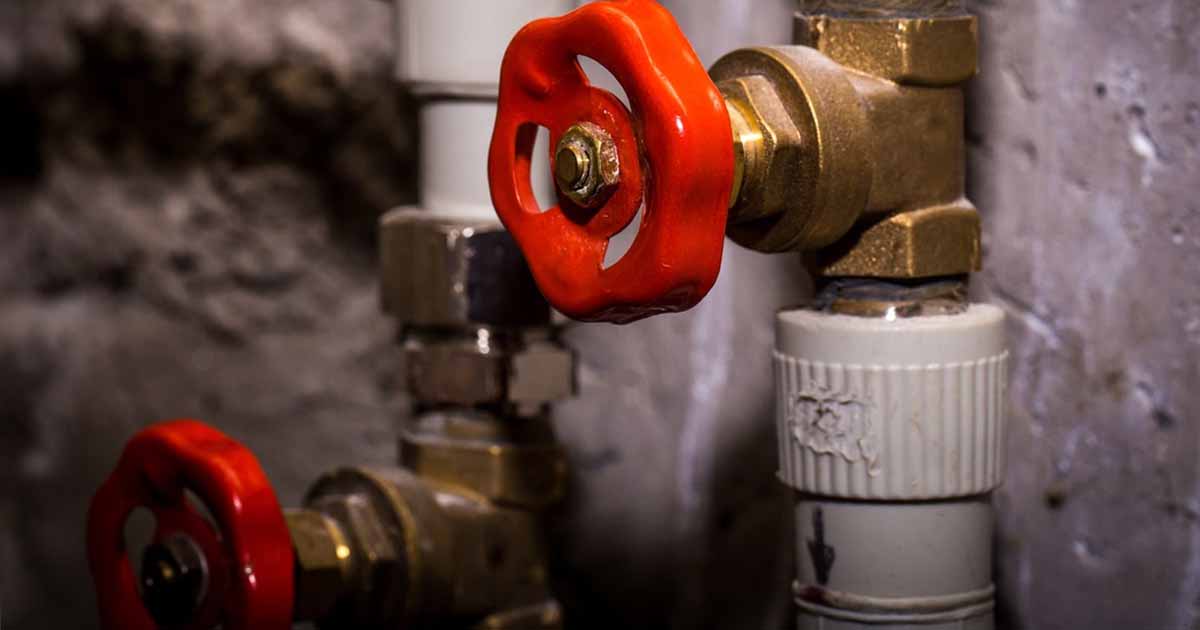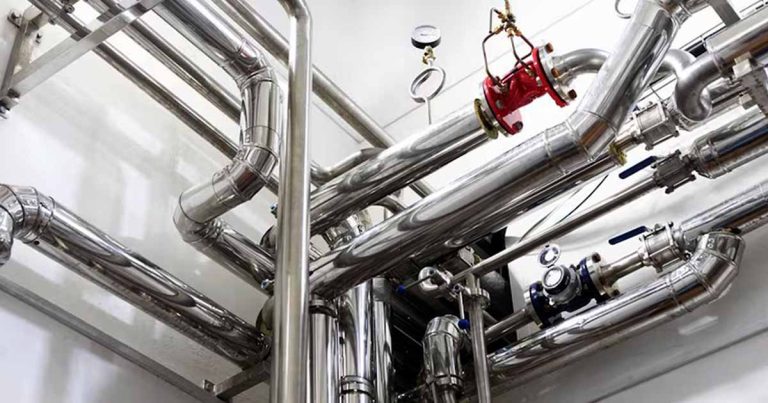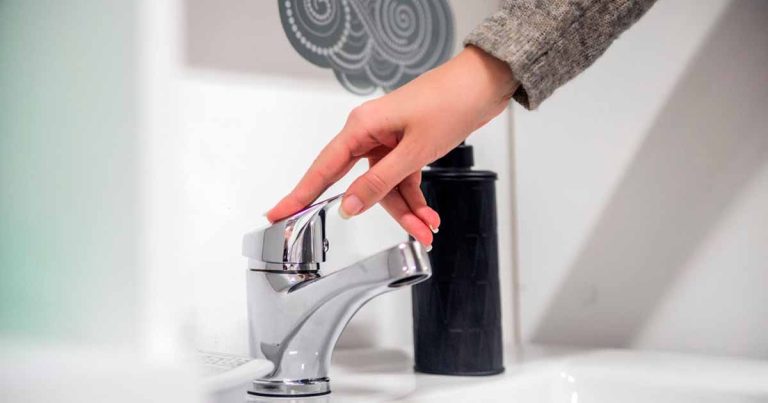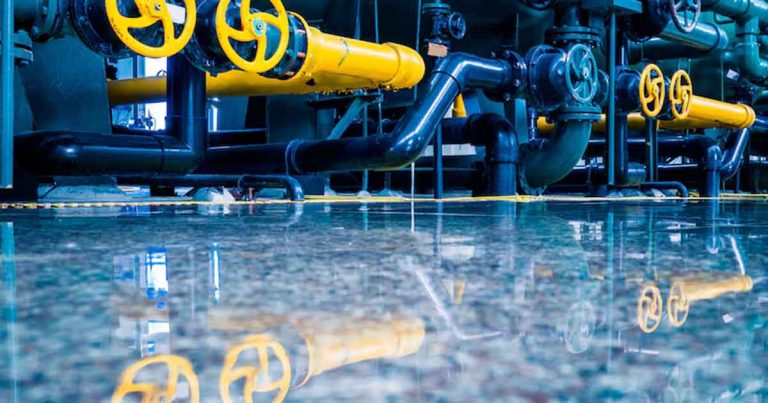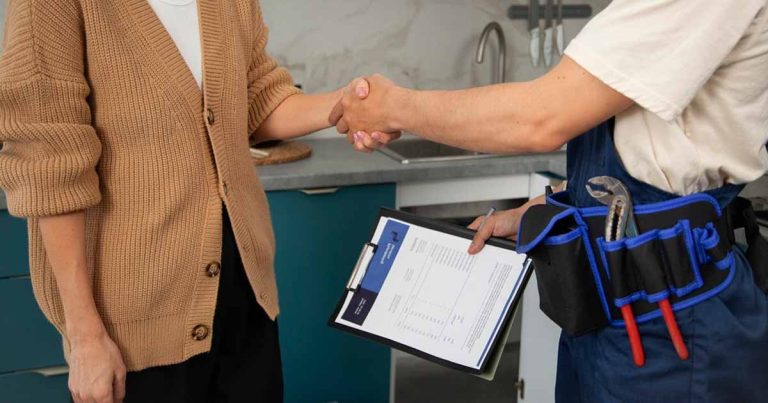Know Your Shutoff Valves: How to Locate and Use Them in a Plumbing Emergency
In a plumbing emergency, every second counts. A burst pipe, leaking water heater, or overflowing toilet can quickly cause thousands of dollars in water damage. But knowing how to locate and operate your home’s shutoff valves can stop the problem. At NYC Plumbing Solutions 24/7, we believe every homeowner should know exactly where their water shutoff valves are—and how to use them.
Table of Contents
Why Water Shutoff Valves Are So Important
Your plumbing system carries gallons of water through your home every day. Shutting off the water can prevent flooding, mold growth, and expensive repairs if something goes wrong. With just a quick turn of a valve, you can:
- Stop the water flow during an emergency
- Prevent damage to walls, floors, and belongings
- Isolate specific fixtures for minor repairs
- Prepare your home for extended travel or winterization
Types of Water Shutoff Valves in Your Home
Different types of valves control different parts of your plumbing system. Understanding each type is key to managing emergencies and performing routine maintenance.
Main Water Shutoff Valve
This valve controls the entire home’s water supply. Turning it off cuts water to every fixture and appliance.
Where to Find It:
- Near where the main water line enters your home (basement, utility room, or crawl space)
- In NYC apartments, they are often found under kitchen sinks, in bathrooms, or near water heaters
Fixture-Specific Shutoff Valves
These are located at individual fixtures and appliances:
- Toilets: Behind the toilet, near the wall
- Sinks: Under the cabinet, connected to hot and cold supply lines
- Washing Machines: Behind the appliance, usually two valves for hot and cold water
- Dishwashers: Often under the kitchen sink, connected to a tee fitting
- Water Heaters: On the cold-water inlet pipe
Outdoor Valves & Hose Bibs
Control water flow to exterior faucets, irrigation systems, or hose bibs. This is essential for winter prep to prevent pipe freezing.
How to Identify and Operate Your Shutoff Valves
How to Locate the Main Water Shutoff Valve
- Trace the incoming water line from the street or basement wall.
- Look for a large valve with a handle, often marked in red or blue.
- Contact the property manager if you can’t find it in multi-family or apartment buildings.
How to Turn Valves On or Off
Ball Valve (Lever Handle):
- Handle perpendicular to pipe = OFF
- Handle parallel to pipe = ON
Gate Valve (Round Handle):
- Turn clockwise until tight = OFF
- Turn counterclockwise to open = ON
Pro Tip: Turn valves slowly to avoid pressure shock in the pipes.
When to Use Each Shutoff Valve
Knowing when to use each type of valve can minimize damage and save time.
Main Valve:
- Major pipe leaks
- Water heater malfunctions
- Whole-house repairs
- Leaving the house for an extended period
Fixture Valves:
- Leaky sink faucets
- Toilet overflows
- Appliance installation or repairs
Outdoor Valves:
- Before the first frost
- When disconnecting hoses or winterizing the yard
Common Issues and How to Handle Them
Valve Won’t Turn:
- Use penetrating oil like WD-40 and try again gently
- Don’t force it—this may break the valve or pipe
Leaky Valve:
- Tighten compression fittings slightly
- If the leak persists, the valve may need replacement
Stuck Valve:
- Old gate valves may seize up over time—call a plumber for safe removal
If a shutoff valve fails during an emergency, don’t wait. Call our emergency plumbing experts for 24/7 help.
Pro Tips for Valve Safety and Maintenance
- Test your main shutoff valve every 6–12 months to ensure it works
- Label all valves with tags or stickers for quick identification
- Keep tools handy—a wrench, flashlight, and towel can be lifesavers
- Educate your household so everyone knows what to do in an emergency
- Replace outdated valves during remodels or plumbing upgrades
Frequently Asked Questions
What if I can’t find my main shutoff valve?
Check near where the main water line enters your home, or call your water utility or a plumber for guidance.*
Should I shut off the water before a vacation?
Yes. This protects your home from potential leaks while you’re away.
Can I replace an old or corroded valve myself?
It’s possible, but not recommended unless you’re experienced. Improper replacement can lead to leaks. For safety, hire a licensed plumber.
How do I know if a valve is entirely shut off?
The handle for ball valves should be perpendicular to the pipe. For gate valves, stop turning clockwise when it’s tight.
Do all apartments have individual shutoff valves?
Not always. Some NYC buildings use shared plumbing systems. Check with building management.
In a plumbing emergency, every second matters. Learning where your shutoff valves are and how to use them can prevent disaster and protect your home.
Need help locating, testing, or replacing a shutoff valve? NYC Plumbing Solutions 24/7 can help. Call +1-332-233-7252 or request service online for fast, expert assistance.

